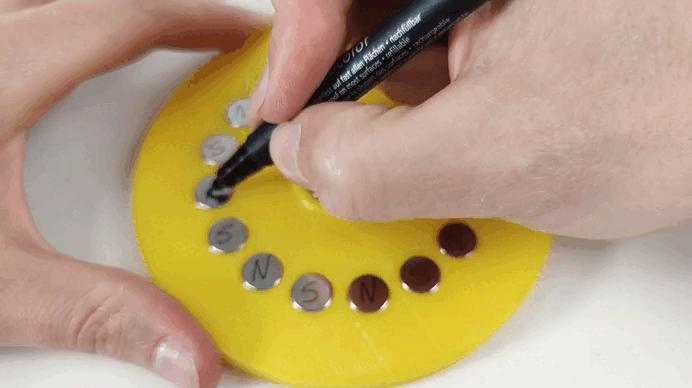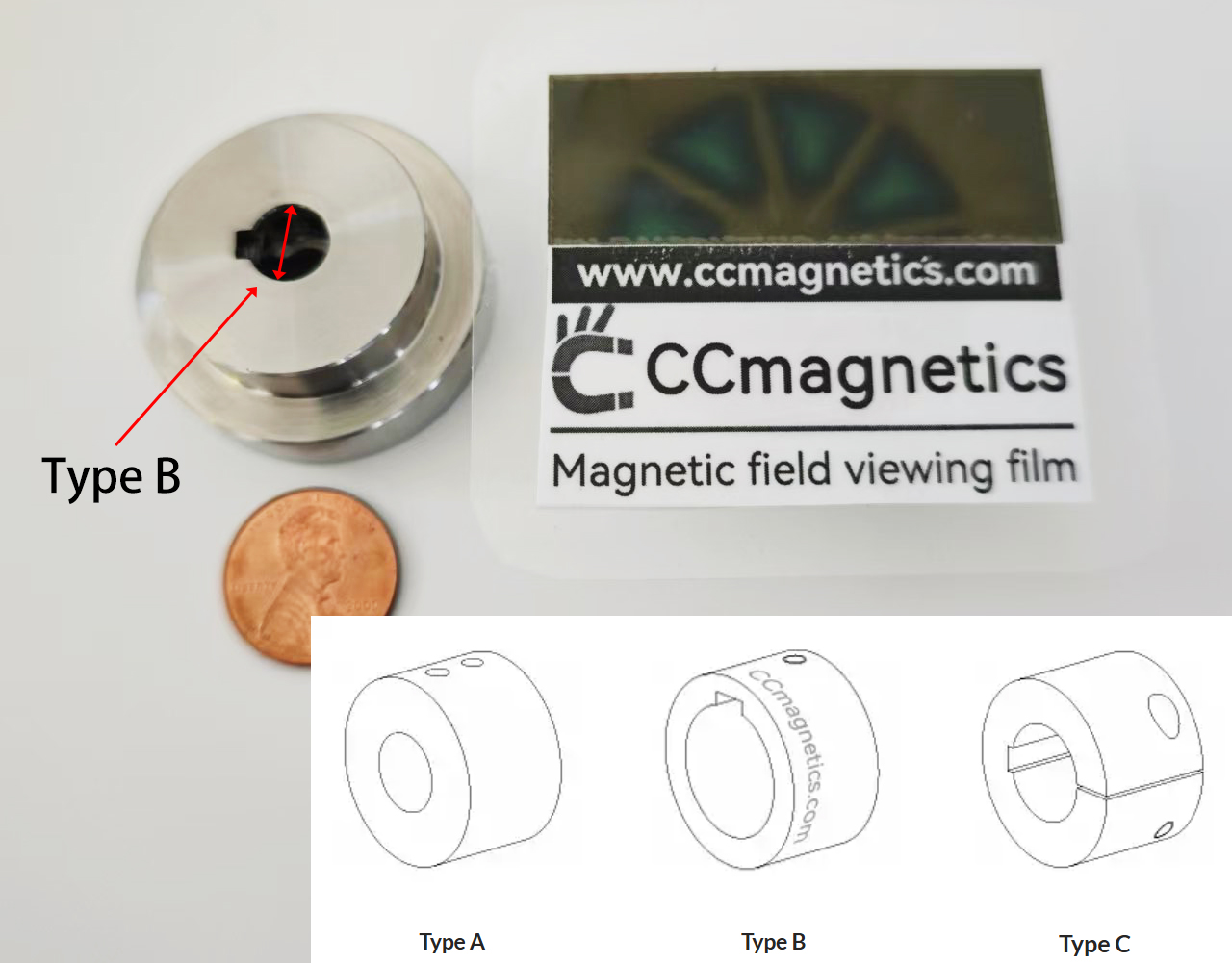Have you seen those cool YouTube experiments where people use discs of circular magnets to transmit torque?


These videos showcase the operating principles of disc magnetic couplings. Their ability to transmit torque non-contact, require minimal maintenance, operate oil-free, and accommodate slight angular misalignment between shafts has made them a popular choice in industrial manufacturing hubs such as China, Japan, the United States, and Germany. They are especially prevalent in the chemical, pharmaceutical, and food industries. In short, wherever there is a need for non-contact magnetic power transmission, this component is indispensable.
However, when it comes to practical applications of disc magnetic couplings, there are some significant differences compared to the idealized demonstrations in videos.
1. Real vs. Demo: Disc Magnetic Coupling torque transmission is simple and efficient in real situations.
For a real-world disc magnetic coupling, the core requirement is to transmit torque non-contactly. Therefore, industrial disc magnetic couplings do not utilize an intermediate disk to reverse the torque direction. Such a design would significantly compromise the torque transfer between the magnets. Additionally, industrial disc magnetic couplings do not reverse the rotation of the left and right hubs. If such a function is required, the user can simply control the motor directly. The two scenarios presented in the introductory animation are not applicable in industrial disc magnetic coupling applications.

In industrial disc magnetic couplings, the rotation direction is consistent, and the gap between the left and right hubs must be precisely calculated to ensure efficient torque transmission.
2. Real vs. Demo: Maximizing the contact surface utilization of disc couplings in real situations.

Industrial Disc Magnetic Couplings feature a much denser magnetic arrangement compared to demo animations. The entire magnetic disc surface is fully utilized, with no wasted space. To optimize efficiency, all magnets in industrial disc couplings are typically designed as fan-shaped segments, unless specific customer requirements dictate otherwise. This maximizes magnetic contact and eliminates unnecessary gaps.
3.Real vs. Demo: The materials used in real Disc Magnetic Coupling in real situations.

Stainless steel 304 (UNS S30400) is the standard material for industrial disc magnetic couplings. However, for applications in the food and medical industries, the more corrosion-resistant stainless steel 316 (UNS S31603) is preferred. Stainless steel 316 is also suitable for marine environments. In chemical applications, especially when handling toxic substances, PVC (Polyvinyl chloride) is the material of choice due to its excellent corrosion resistance and chemical compatibility. Some fields have requirements on the weight of magnetic couplers, requiring them to be lighter. This leads to the demand for 6061 aluminum alloy (UNS A96061) . A detailed comparison of these materials can be found in the disc magnetic couplings material introduction.
4.In real situations, the shaft diameter and shaft fixing method of real disc couplings can be customized.
Customizing Industrial Disc Magnetic Couplings at CCmagnetics is a straightforward process. Once you’ve determined the required torque, simply provide the shaft diameter and desired material.
However, if your application involves shafts that cannot accommodate a keyway, we offer three alternative shaft fixing methods to suit your specific needs.

Additionally, CCmagnetics provides the flexibility to customize the drive shaft diameters for both the left and right hubs.In simple terms, the shaft diameters of the left hub and right hub can be different.
5.Real vs. Demo: In real situations,the magnetic disc couplers can be customized according to your design drawings.
This magnetic disc coupler design comes from an excellent Swedish engineer and is manufactured by CCmagnetics in China. It features a unique arrangement where all magnets are positioned around the periphery, eliminating the need for central magnets. The customer’s specific requirement was to leverage centrifugal force to minimize motor power consumption. In essence, once the motor sets one side of the coupling in motion, the centrifugal force generated will assist in maintaining rotation, thereby reducing the ongoing power demand. This flywheel-like effect offers a highly efficient solution for rotary motion applications.

If you want to customize a unique disc magnetic coupler for industrial applications according to your requirements, you only need to provide a 3D drawing, and CCmagnetics can help you OEM them.












